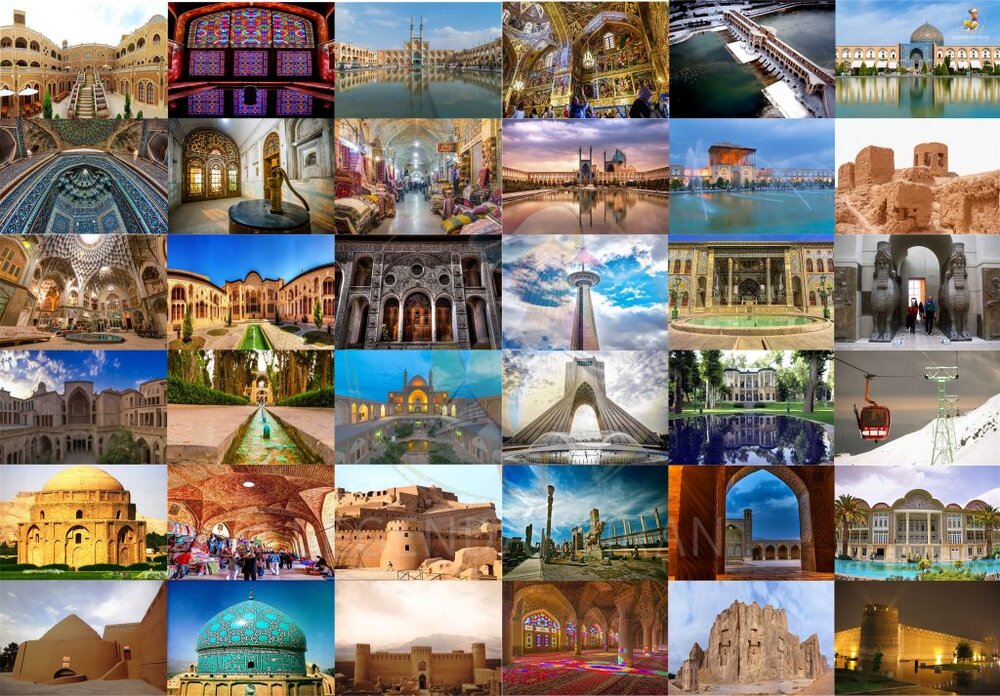50 Iranian properties on tentative list of UNESCO

TEHRAN – A total of 50 Iranian properties have already been placed on the tentative list for [possible] inclusion on UNESCO’s World Heritage list in the years to come.
“They are the foundations of tourism industry development in the country,” Mehr quoted deputy tourism minister Mohammad Hassan Talebian as saying on Tuesday.
Talebian made the remarks in a visit to historical and cultural monuments in the ancient town of Bastam, near Shahroud, Semnan province.
“Among the properties are some caravanserais located in Semnan province.”
The case for Bastam and Kharaghan includes the complex of Sheikh Bayazid Bastami, the chief mosque, the towering dome of Kashaneh, and a part of the old wall of the city. The complex of Sheikh Bayazid Bastami comprises the grave of Sheikh Bayazid Bastami, one of the five elevated Sufis of the world. For the same reason, from the 19th century onward, several important properties have been constructed around it. The oldest property of the complex dates back to the 8th and 9th centuries CE.
Authenticity and integrity have been kept for one thousand years. Scientifically, the properties have been confirmed through excavations and renovations. The complex of Sheikh Bayazid Bastami can be compared with other religious complexes in the Islamic world but its remarkable issue is that it has had a regular trend of development through one thousand years.
In the file submitted to UNESCO, there are 25 caravanserais, selected from hundreds of caravanserais from all over Iran.
As Iran historically is located between the main ancient civilizations, the historical roads are playing a critical role in Persian civilization. From the beginning of the history to the current time, the role of Iran as a bridge has encouraged the rulers and people to always care about roads and related structures as one of the main financial income resources. For example, Silk Road is one of these long-lasting corridors which played an important role in the Persian Empire during history.
The historical roads have had several elements related to their functions. Bridges, checkpoints, castles, bazaars and caravanserais as the main element of the historical road in Iran, were not only a simple place for travelers to rest and keeping safe their belongs, also were a meeting point for travelers, merchants, scientists, and many other scholars who wanted to exchange knowledge and ideas, as well as discover new civilizations.
Caravanserais are usually a place that provides safety for Caravans and travelers against natural risks like rain, snow, storms, and floods, or danger of robbers on the roads. That’s why the structure of caravanserais is like a castle and good fortified. From a simple enclosure building at the first prototypes to the highly decorated ones in the middle centuries or the very fortified types of it, are the evidence of progress, improvement, and evolution of this kind of buildings.
The most characteristic element of Persian caravanserai is the central courtyard, this design is very functional and it’s the result of evolution. The central court allows the best form of fortification and provides four rows of rooms around the yard. On the back of the rooms, there are four halls for animals and stores.
Caravanserais are from unique examples of Iranian architecture that in each historical period and in different parts of Iran, significant examples have remained which can be considered as architectural masterpieces.
AFM/MG
Leave a Comment